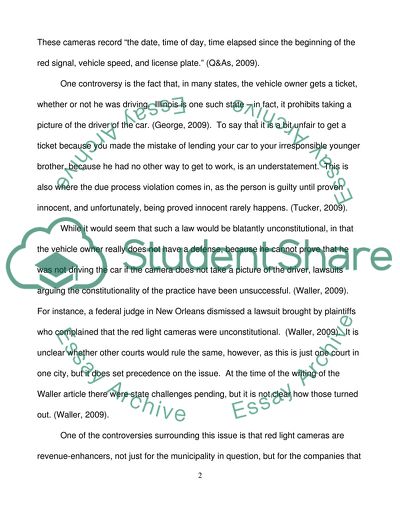Cite this document
(Using of Red Light Cameras in America - Pros and Cons Research Paper, n.d.)
Using of Red Light Cameras in America - Pros and Cons Research Paper. Retrieved from https://studentshare.org/technology/1737447-issues-surrounding-the-use-of-red-light-cameras
Using of Red Light Cameras in America - Pros and Cons Research Paper. Retrieved from https://studentshare.org/technology/1737447-issues-surrounding-the-use-of-red-light-cameras
(Using of Red Light Cameras in America - Pros and Cons Research Paper)
Using of Red Light Cameras in America - Pros and Cons Research Paper. https://studentshare.org/technology/1737447-issues-surrounding-the-use-of-red-light-cameras.
Using of Red Light Cameras in America - Pros and Cons Research Paper. https://studentshare.org/technology/1737447-issues-surrounding-the-use-of-red-light-cameras.
“Using of Red Light Cameras in America - Pros and Cons Research Paper”, n.d. https://studentshare.org/technology/1737447-issues-surrounding-the-use-of-red-light-cameras.


